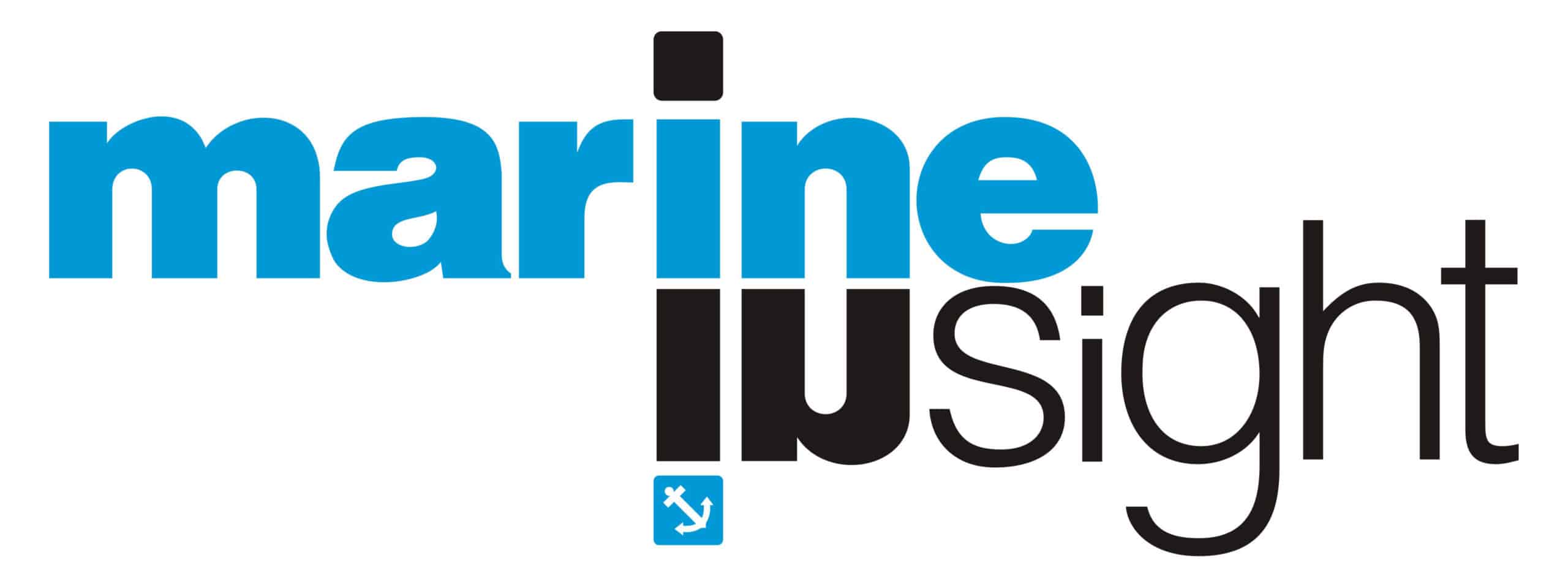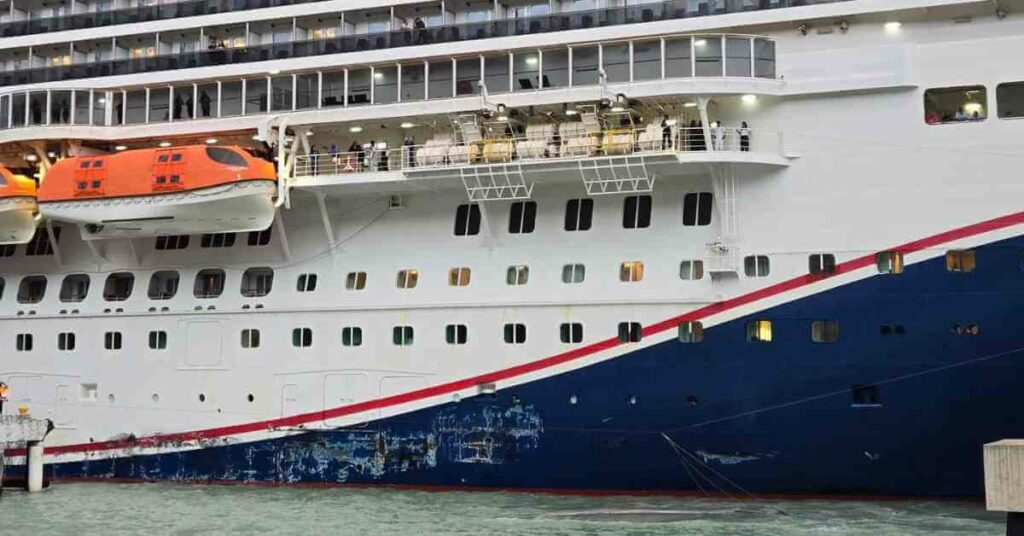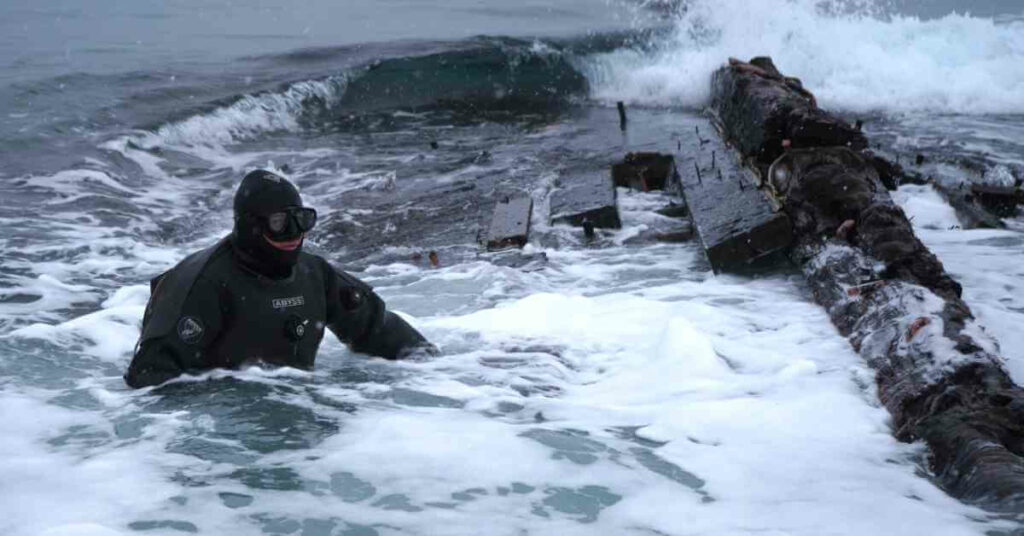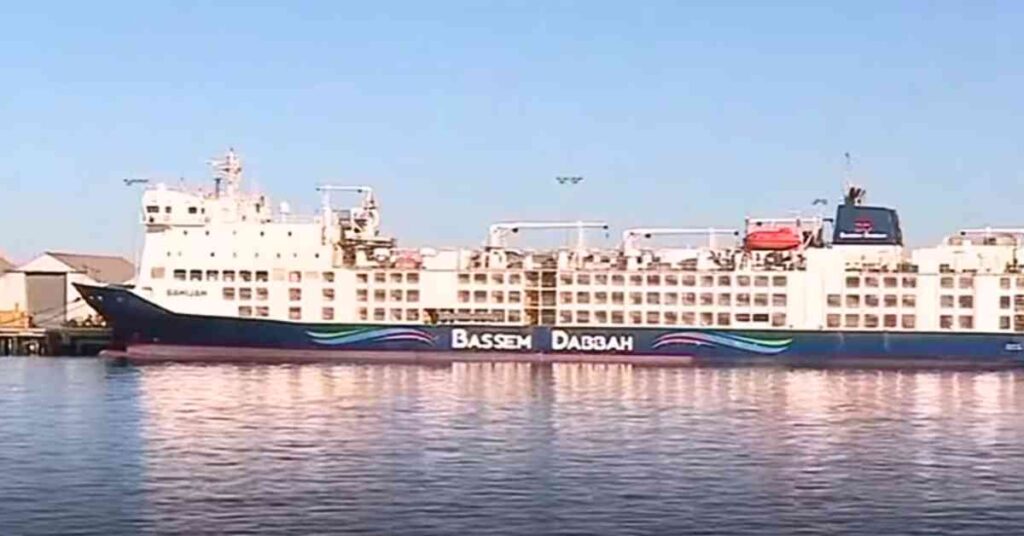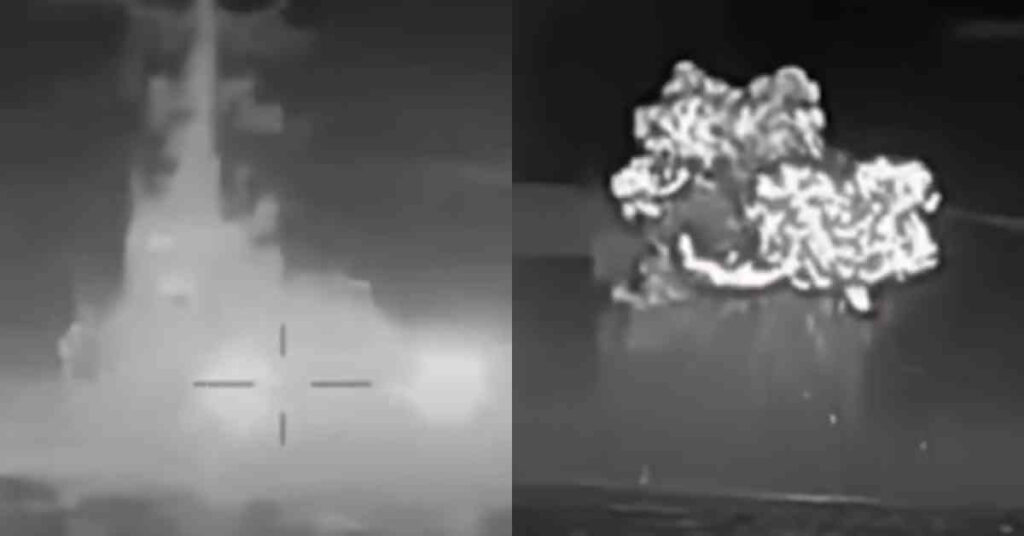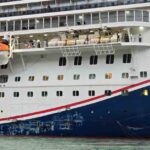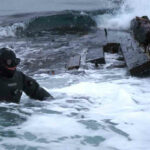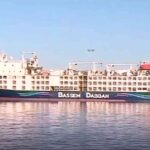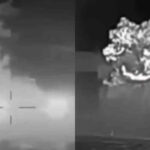Video: Russian Naval Forces Board Cargo Ship In Black Sea For Inspection
The Kremlin released a video showing armed naval inspectors boarding a cargo vessel in the Black Sea. It was a ship that did not stop when asked by a Russian warship.
Moscow said that it fired warning shots at the Palau-flagged vessel dubbed Sukru Okan after it had failed to respond to the ask for it to pause on Sunday.
In the video that appears to be bodycam footage, Russia’s servicemen are seen moving down a corridor with automatic weapons and entering the vessel’s bridge as they question the captain why it had not stopped.
#War #BlackSea Footage from the GoPro camera of a special forces soldier of the Armed Forces of Russia taken during the boarding on the cargo ship "Sukra Okan" in the Black Sea. pic.twitter.com/CRFyWjWgZC
— Capt(N) (@Capt_Navy) August 15, 2023
Stop the machine, stop the machine, is what an armed Russian said as crew members had their hands on their heads and kneeled as a military helicopter from Russia approached.
Another Russian asks them to keep calm and listen to him. He explains that he is a Russian naval officer and requests not to shoot his group on video.
The ship’s failure to stop could have resulted from the language barrier.
In a clip released by the defence ministry, a Russian asks them to speak English.
A crew member replied, saying that he was speaking English.
The Russian officer then questioned the captain via a crew translator why the vessel did not halt when asked to.
The translating crew member stated that the captain had not clearly understood the Russian demand to halt.
Thank you and good day, sir, is what the Russian officer wished as he left.
The inspection team was done professionally following all requirements of the international documents, Russia’s defence ministry mentioned.
On completion of the exercise of the inspection group on the Sukru Okan, a stringent verification protocol was also drawn up, and the vessel continued moving to the port of Izmail (located in southwestern Ukraine), it added.
Credits: Reuters, MSN, Sky News
Do you have info to share with us ? Suggest a correction
About Author
Marine Insight News Network is a premier source for up-to-date, comprehensive, and insightful coverage of the maritime industry. Dedicated to offering the latest news, trends, and analyses in shipping, marine technology, regulations, and global maritime affairs, Marine Insight News Network prides itself on delivering accurate, engaging, and relevant information.

About Author
Marine Insight News Network is a premier source for up-to-date, comprehensive, and insightful coverage of the maritime industry. Dedicated to offering the latest news, trends, and analyses in shipping, marine technology, regulations, and global maritime affairs, Marine Insight News Network prides itself on delivering accurate, engaging, and relevant information.
Latest Videos Articles You Would Like:
- Cruise Ship Damaged Due To Severe Weather, Passengers Stuck Abroad
- Archaeologists Examine 19th-Century Shipwreck Found On Canadian Coast
- Australia Stops Livestock Ship From Sailing Around Africa To Israel Amidst Houthi Attacks
- Iran Warns U.S. Of Targeting Cargo Ships Following Latest Airstrikes On Houthis
- Watch: Ukrainian Forces Destroy Russian Missile Boat In Black Sea Operation
- Two Dead After Tragic Collision Between Water Taxi And Passenger Ferry In the Philippines
Subscribe To Our Newsletters
By subscribing, you agree to our Privacy Policy and may receive occasional deal communications; you can unsubscribe anytime.
